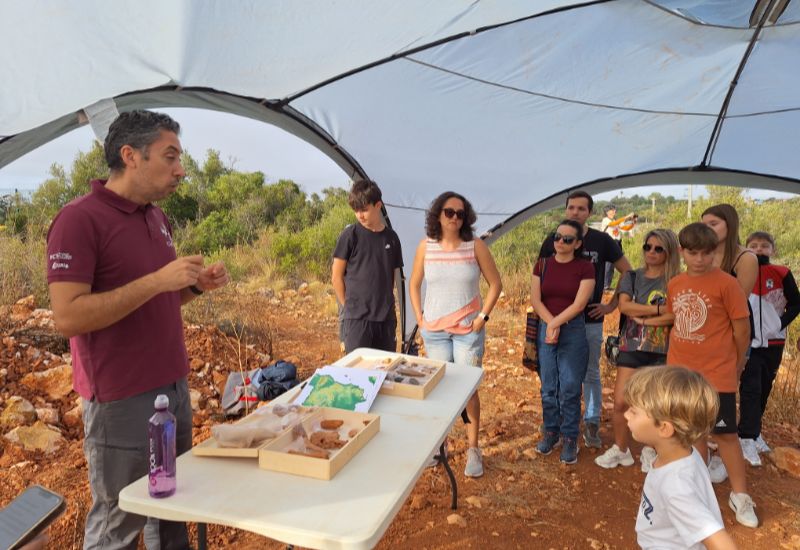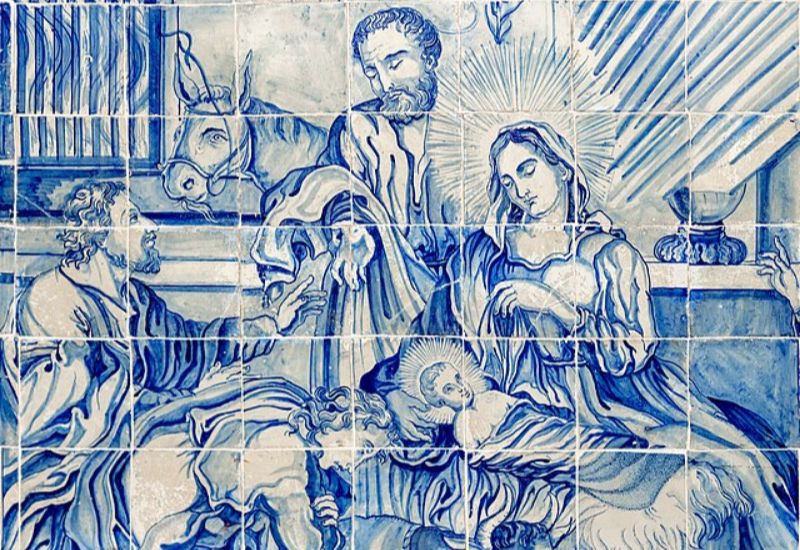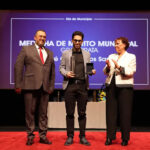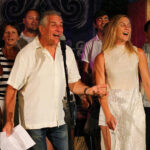Celebrating Conservation and Creativity in Almancil
WORDS Alexandra Abreu, PhD, Researcher at MARE – Marine and Environmental Sciences Centre
We live on a planet that has been famously described as a small and fragile ‘blue marble in the dark outside’. More than 50 years after that iconic view sparked environmental awareness, we are now confronted with the crucial challenges of climate change and biodiversity loss. One way to address these intertwined crises locally is by fostering a deep connection to nature, particularly for our youngest residents, right here in the Algarve.
This is the mission of the Emc2 project, which is devoted to exploring white crowberry coastal habitats. This environmental education project focuses on the white crowberry (Corema album (L.) D. Don), a coastal green plant whose female specimens bear striking, edible white fruits, known in Portuguese as camarinhas. They are truly our own local ‘white marble in the green outside’.
A fragile treasure of the Iberian coast
The white crowberry is a wild plant unique to Portugal and Spain, making it an Iberian endemism. Sadly, its distribution range is declining, meaning that raising awareness and fostering the conservation of its wild populations is crucial.
In recent years, several authors have warned about a concerning global decline in plant knowledge and the extinction of botany education. This lack of appreciation and understanding of flora has negative repercussions for biodiversity conservation. The Emc2 project, which began in 2016, seeks to counteract this trend by developing learning initiatives in coastal areas. These areas are recognised as privileged spaces for teaching and learning science and botany.
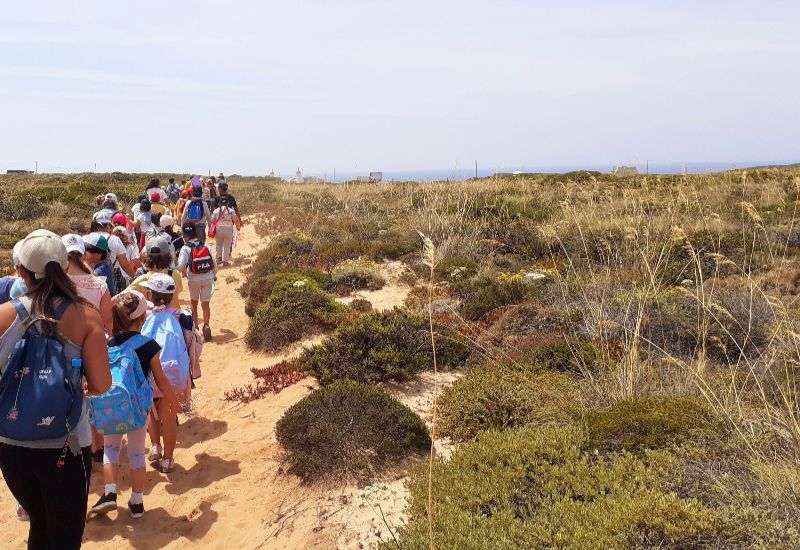
Meaningful learning in the Algarve
The Emc2 project champions outdoor education, addressing the modern phenomena of ‘nature deficit’ and the ‘extinction of experience’. Our educational strategy is founded upon connecting students with nature, which cultivates a vital sense of place and emotional engagement essential for meaningful learning in childhood.
We have been delighted to work with the primary school students from the Almancil school group. Earlier in May, these students took part in an educational field trip to the coastal area within the Ancão Forest Management Plan. This hands-on experience forms the first part of the Emc2 methodology.
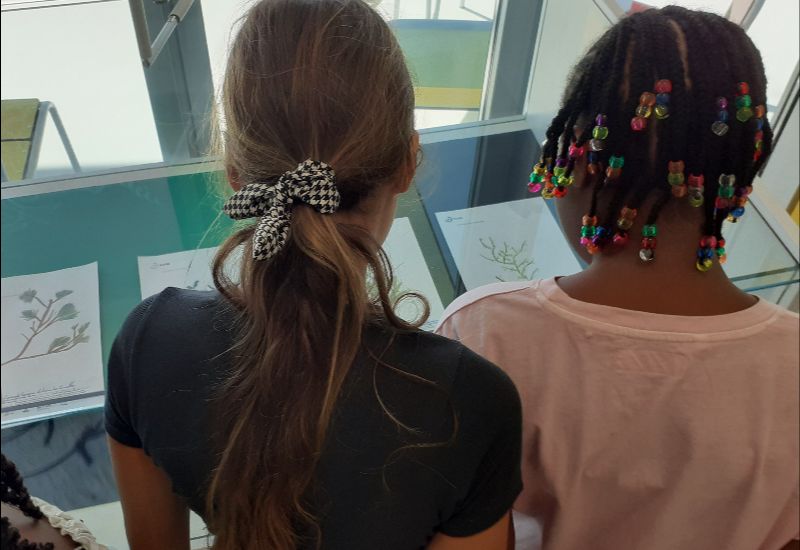

Celebrating our young artists
The second, highly creative phase of the project is ‘botany and art’. Following their experience at Ancão, the Almancil students returned to the classroom to draw the white crowberry plants they had observed in the wild. Their incredible drawings serve as a powerful testament to their newfound appreciation for local plant biodiversity. The drawings were appreciated by the public during September and October while they were exhibited at the Almancil Municipal Library campus.
The Emc2 project is living proof that ‘meaningful learning thrives in nature’. As we continue our awareness-raising and conservation initiatives for the white crowberry, we are following the principle that if we want children to become truly empowered, we must ‘allow them to love the Earth before asking them to save it’.
The Emc2 project is coordinated by M. Alexandra Abreu Lima (Researcher at MARE and INIAV, I.P.) and is funded by the Fundação para a Ciência e Tecnologia (FCT, Portugal). The project Almancil School Initiatives were developed in a partnership with the Municipality of Loulé and the Ancão Forest Management Plan. The Emc2 methodology, which successfully fosters students’ appreciation of plant biodiversity, was recently honoured with a national award.
panorama.solutions/en/solution/project-emc2-exploring-white-crowberry-coastal-habitats





